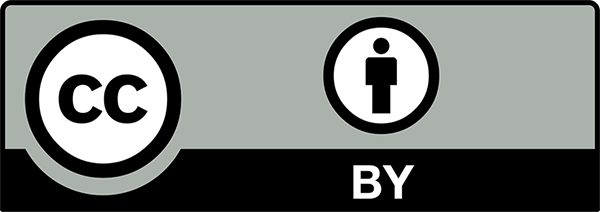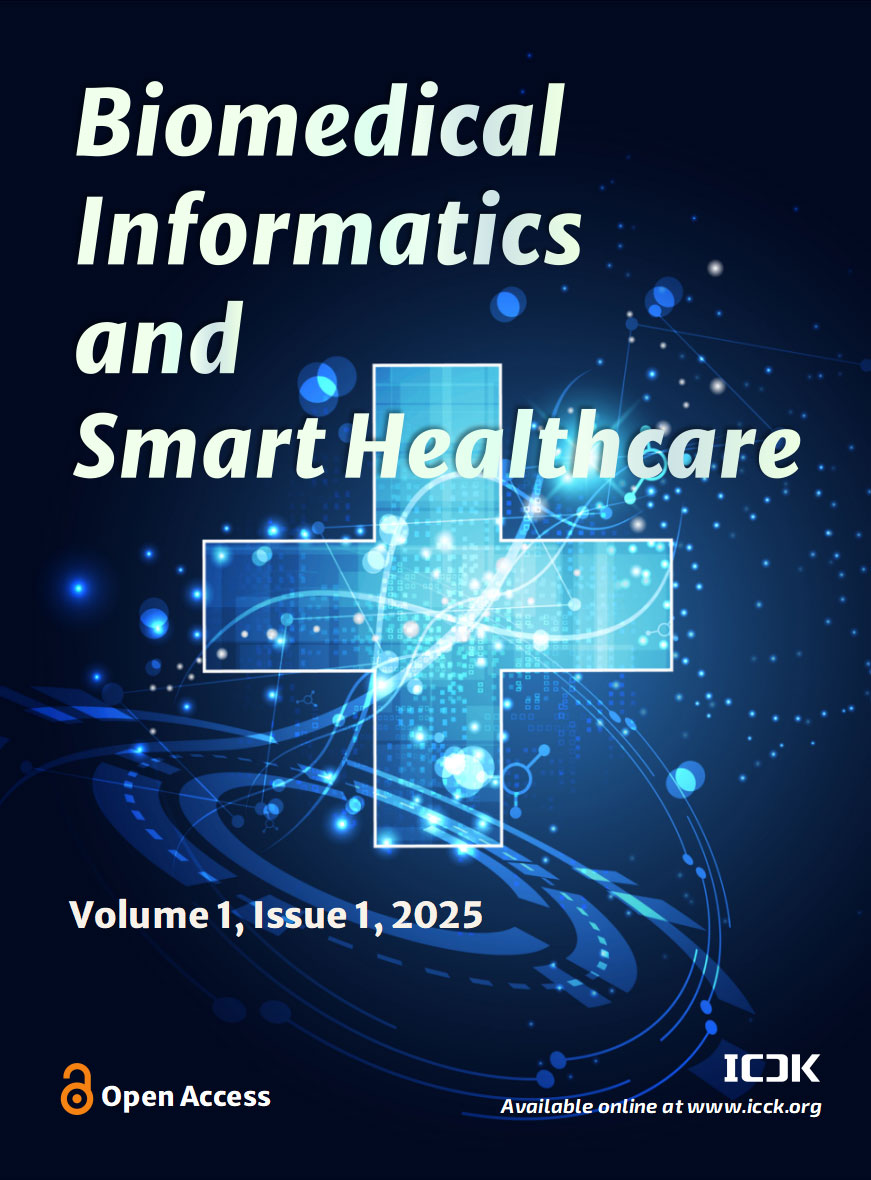Abstract
Medical imaging is an essential and valuable tool in modern medicine for providing essential details on the internal structures and functioning of the human body. Although very useful, the raw images obtained from medical imaging systems usually contain different types of artifacts and noise that might hide some essential diagnostic information. In this paper, the author details the conventional and non-conventional methods as well as sophisticated deep learning research methods used in improving the quality of healthcare images. The paper also delves into strategies designed to elevate the visual quality and interpretability in medical diagnostics. The paper includes some latest case studies to illustrate the usefulness of these strategies in the clinical context. This is classically imclinically importantportant because of the blend between essential information and high-level research that this review provides, thus making it an indispensable tool for students, researchers, and professionals who aim to enhance their understanding and knowledge about medical image processing technology.
Data Availability Statement
Not applicable.
Funding
This work was supported without any funding.
Conflicts of Interest
The author declare no conflicts of interest.
Ethical Approval and Consent to Participate
Not applicable.
Cite This Article
APA Style
Singh, P. (2025). Understanding Medical Image Denoising, Enhancement, and Reconstruction. Biomedical Informatics and Smart Healthcare, 1(1), 35–39. https://doi.org/10.62762/BISH.2025.966762
Publisher's Note
ICCK stays neutral with regard to jurisdictional claims in published maps and institutional affiliations.
Rights and Permissions

Copyright © 2025 by the Author(s). Published by Institute of Central Computation and Knowledge. This article is an open access article distributed under the terms and conditions of the Creative Commons Attribution (CC BY) license (
https://creativecommons.org/licenses/by/4.0/), which permits use, sharing, adaptation, distribution and reproduction in any medium or format, as long as you give appropriate credit to the original author(s) and the source, provide a link to the Creative Commons licence, and indicate if changes were made.


 Submit Manuscript
Edit a Special Issue
Submit Manuscript
Edit a Special Issue
 Copyright © 2025 by the Author(s). Published by Institute of Central Computation and Knowledge. This article is an open access article distributed under the terms and conditions of the Creative Commons Attribution (CC BY) license (https://creativecommons.org/licenses/by/4.0/), which permits use, sharing, adaptation, distribution and reproduction in any medium or format, as long as you give appropriate credit to the original author(s) and the source, provide a link to the Creative Commons licence, and indicate if changes were made.
Copyright © 2025 by the Author(s). Published by Institute of Central Computation and Knowledge. This article is an open access article distributed under the terms and conditions of the Creative Commons Attribution (CC BY) license (https://creativecommons.org/licenses/by/4.0/), which permits use, sharing, adaptation, distribution and reproduction in any medium or format, as long as you give appropriate credit to the original author(s) and the source, provide a link to the Creative Commons licence, and indicate if changes were made. 